Attention
This work is a vehicle for SPR.
However, while the SPR is built with a rail width of 1435mm, all Japanese steam locomotives are built with a rail width of 1067mm. Therefore, if the locomotive is adapted to the SPR, the overall width becomes wider, and the body of the locomotive touches the station building. Therefore, the locomotives can only be operated on a part of the SPR tracks (although they can be operated on most of the tracks between stations).
Control
AG1+VTOL : Move forward and back
Brake : Brake
AG2 : Turn on the light
AG3 : Activate coupler(magnet)
I would like to thank PapaKernels for allowing us to use PRR K4 #1361 variables and others in the construction of this locomotive!!!
History
The 9600 class was designed and built to improve upon the shortcomings of the first tender locomotive, the 9600 class (9580 class), which was built in March 1913.
This type and its equivalents were used on private railways in Japan, as well as in Sakhalin and Taiwan, with a total of 770 cars eventually being built.
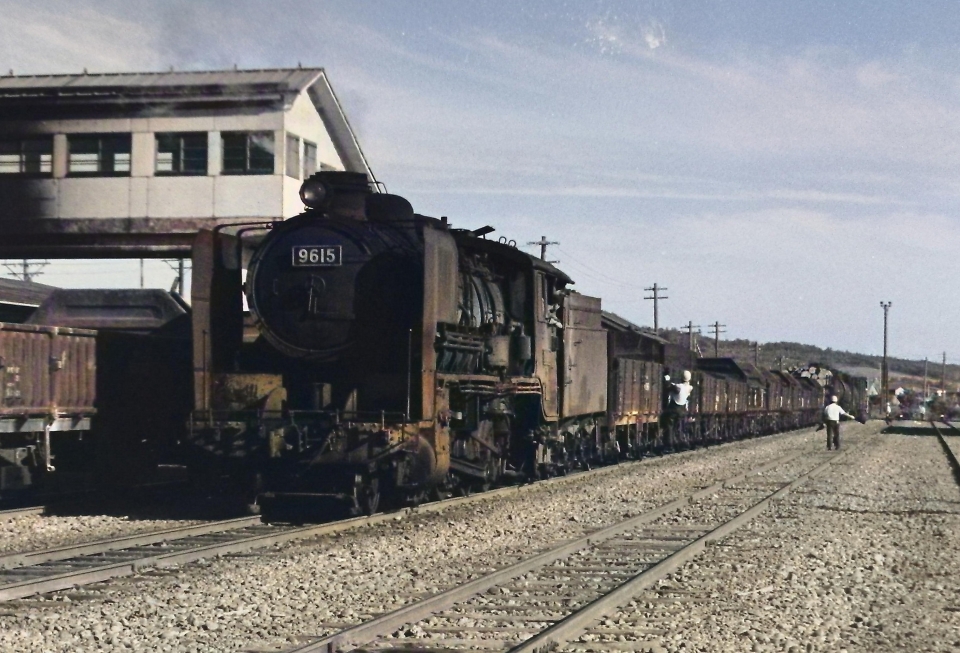
9615 in Toyotomi station, Hokkaido
Structure
This locomotive was based on the design of a large imported locomotive at the end of the Meiji period (1868-1912), and its original conception resulted in a locomotive with performance that suited Japan's national conditions well. The huge boiler, which had been considered impossible to install in a locomotive for narrow-gauge railroads, could be installed by placing the fire chamber on the bogie frame. Although the boiler center height was 2,591 mm, the tallest of any narrow-gauge steam locomotive at the time, the center of gravity was extremely high, and the small-diameter driving wheels made it difficult to run at high speeds, with a normal maximum speed of 65 km/h.
It was obvious from the design stage that the center of gravity would be high if such a structure was adopted, but the reason why this structure was adopted was due to the good performance of the Type 8850 manufactured by Borsig of Prussia, which had a similar structure, and the company's confident recommendation. In fact, this was never a problem for the 9600.
The original plan was to use a bar base frame cut out of rolled steel plate like the 8850, but it could not be manufactured in Japan, so a plate base frame made of mild steel plate was used as in the past. The piston valves of the early models were imported from Schmidt, and the shaft springs were also imported from Kawasaki Dockyard.
Operation
In 1929, the running resistance of a 30 ton coal car was measured, and in 1930, a 2000 ton train was set up on the Muroran Main Line, pulled by a single machine, for coal trains. In 1929, the running resistance of a 30 ton coal car was measured, and in 1930, a 2000 ton train was set up on the Muroran Main Line.
The train was characterized by its light axle weight in relation to its power output, making it suitable for use in any railway district. The conversion was carried out in six stages from February 1938 to April 1939, and a total of 251 cars, or a little less than one-third of the total number of cars of this type, were shipped to China. The details are unknown, but it is said that 150 cars were offered to the North China Transportation Company as the Soliho class (1501-), and some of the rest were offered to the Central China Railway as the Solilo class. After the war, 80 cars were transferred from the Huazhong Railway to the ROC. It is estimated that 10 of them were loaned to North China Transportation, and the rest were used on lines controlled by the Japanese Army.
In addition, four cars (9620, 9622, 9639, 9659) were scrapped in 1941, and it is assumed that these cars were also sent to China after being re-gauged. In 1944, six cars (29619, 29655, 59660, 59677, 69626, 69687) were transferred to the Karafuto Railway Bureau to increase transportation capacity. All were confiscated by China and the Soviet Union after Japan's defeat in the Pacific War, and none of them returned to Japan. The Chinese confiscated locomotives were renamed KD5, and some of them were converted to 1,000mm gauge to become KD55, which was assigned to Yiliang locomotive depot of Kunming Railway Bureau and operated on the Kunhe Line leading to the Vietnam border until the 1980s.
After the war, they were used mainly on coal transport routes in Hokkaido and Kyushu, and on the Yonesaka and Miyazu Lines, which have weak roadbeds despite their heavy freight traffic and steep gradients. It should be noted that when a traction test was conducted on the Muroran Line, it succeeded in pulling out a very heavy train weighing 3,000 tons. Because it was difficult to develop a locomotive that had decisive replacement capability in terms of ease of use, adhesion to rails, and traction of trains, it remained in operation until the end of the steam locomotive's life, despite being an old type.

19650
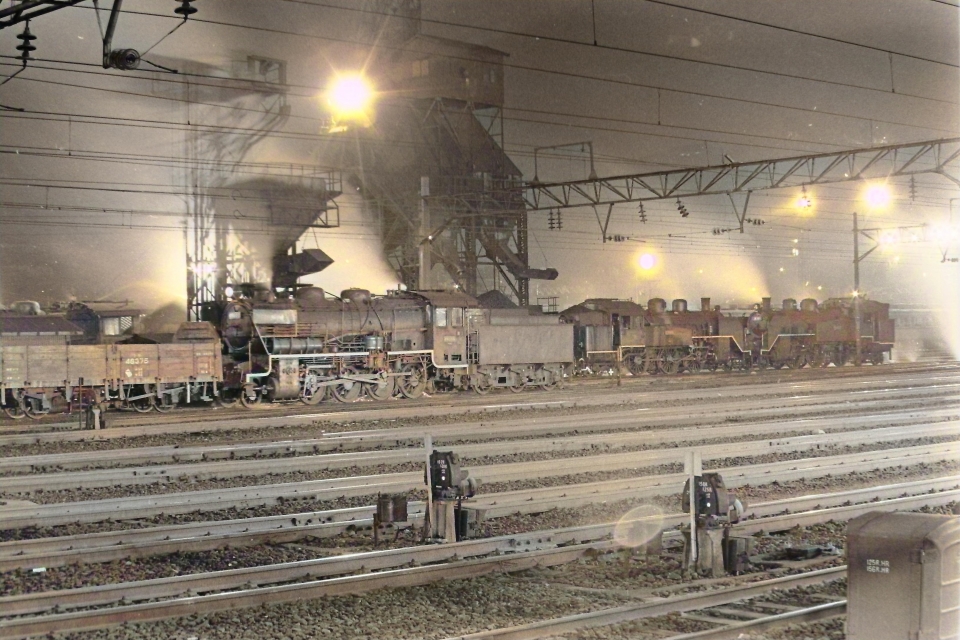
Type 9600 in Kumamoto station, Kumamoto
Because of its long history, the form of the locomotive has varied widely. There are many individual changes, such as the cab hem, window shape, buffer hole from the conversion to an automatic coupling, and the position of the air tank due to the conversion to air braking. Furthermore, except for Shikoku, the locomotives belonged to a number of engine districts from Hokkaido to Kyushu. Various improvements and modifications were made to adapt the locomotives to these regions and circumstances. The style of the train varied greatly, including the shape of the tender, the presence or absence and shape of the deflector, the shape and height of the chimney and steam dome, and the addition of a front light.
The last three remaining were 39679, 49648, and 79602, which were used for switching at the Oiwake Engine Depot near Oiwake Station on the Muroran Line, and were last worked on March 2, 1976. Of these, 79602 remained in fire reserve until March 25. After this, all JNR steam locomotives disappeared except for those used for preservation. It was the longest-lived steam locomotive that saw the end of Japanese steam locomotives.
Kucchan locomotive depot
Kutchan locomotive depot was located near Otaru, Hokkaido, and was created in 1941 as a result of the promotion from Otaru Chikko locomotive depot Kutchan depot. Kucchan was a base for freight steam locomotives connecting Iwanai to the north and Muroran to the south.
This locomotive depot had 7 steam locomotives of 9600 class and 6 steam locomotives of D51 class at its peak.

Kucchan locomotive depot
Kutchan is famous for its steam locomotive 9600, which is equipped with two headlights and a water heater, which is unique in Japan. Kutchan... Hokkaido was a harsh environment with deep snow, cold and fog (though better than Alaska and Russia), so most of the 9600 class locomotives were equipped with two lights to prevent fog and damage to the lights caused by icicles in the tunnels. In order to prevent the lack of steam due to the cold, a feedwater heater was installed.

79618 in 1973

79616 and 79618
Conservative loco
The type 9600 was used in Hokkaido and Kyushu, and there are many preserved machines in both regions. Because of the large number of preserved locomotive, we will focus on the most famous ones.
The 59601, preserved at the Nayoro City North Country Museum, is a snowplow formation called "Kimaroki" seen in heavy snowfall areas.

This locomotive, 79615, is preserved in front of the community center in the town of Kutchan and is the only locomotive preserved in its original two-light Kutchan specification.
49671 preserved in the SL Kyuroku-kan. 49671 can run on the facility's tracks with compressed air and is the only one of the preserved locomotives in working condition.

9608 is preserved in Oume Railway Park. 9608 is the only early model among the preserved locomotives.

9633 preserved in the Kyoto Railway Museum. 9633 was initially a dynamically preserved locomotive with a car registry, but is now in static preservation.
Gallery



HAVE FUN!!!
Specifications
Spotlights
- jamesPLANESii 2.3 years ago
- pancelvonat 2.3 years ago
- Alisuchanka 2.3 years ago
- ToeTips 2.3 years ago
General Characteristics
- Created On Windows
- Wingspan 11.0ft (3.4m)
- Length 68.8ft (21.0m)
- Height 16.4ft (5.0m)
- Empty Weight 45,481lbs (20,629kg)
- Loaded Weight 45,835lbs (20,790kg)
Performance
- Wing Loading N/A
- Wing Area 0.0ft2 (0.0m2)
- Drag Points 10069
Parts
- Number of Parts 1453
- Control Surfaces 0
- Performance Cost 4,618

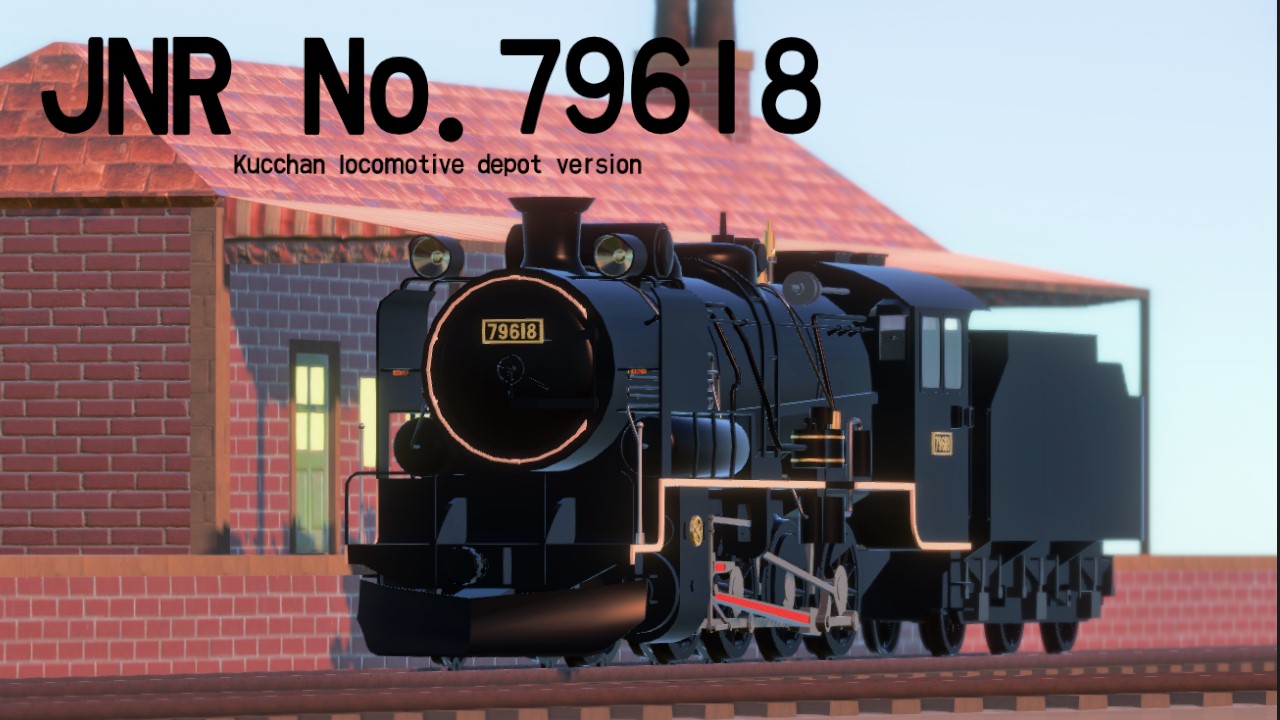
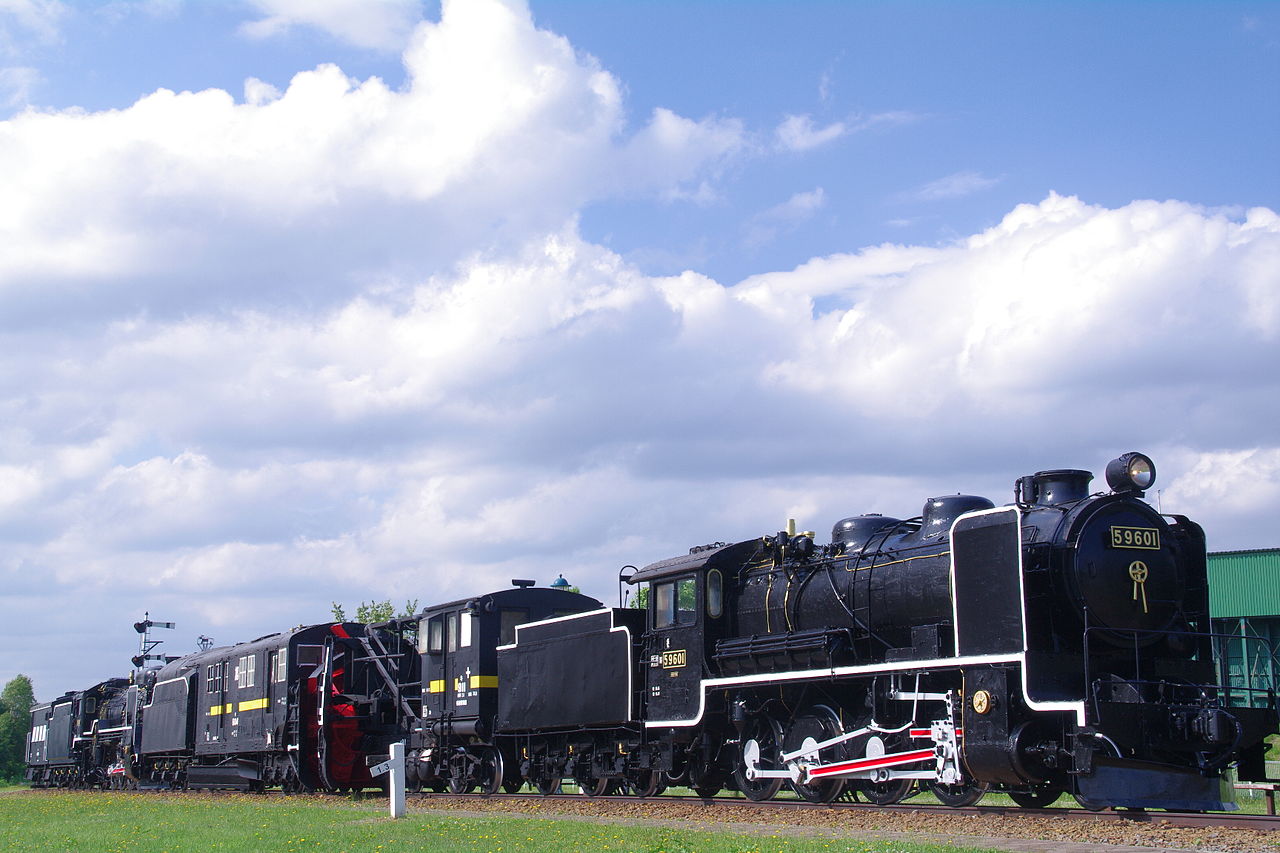

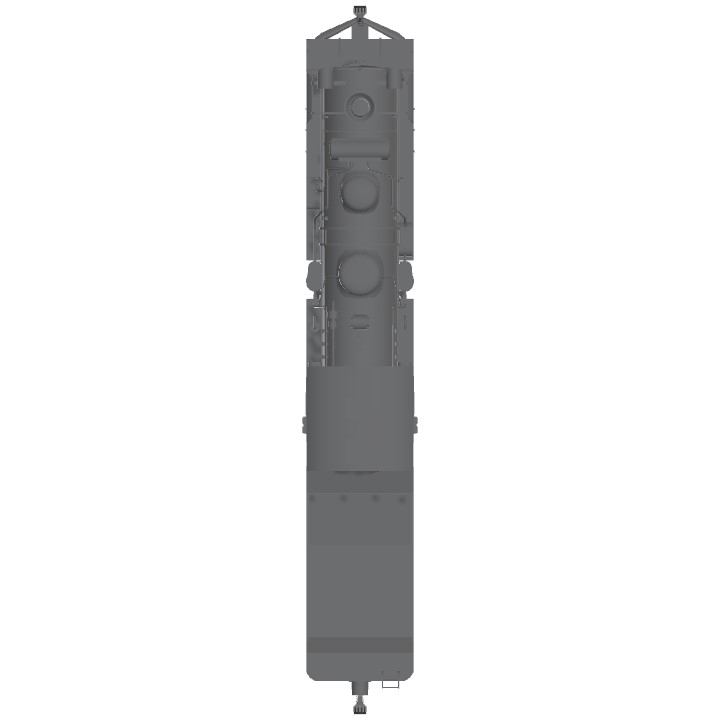
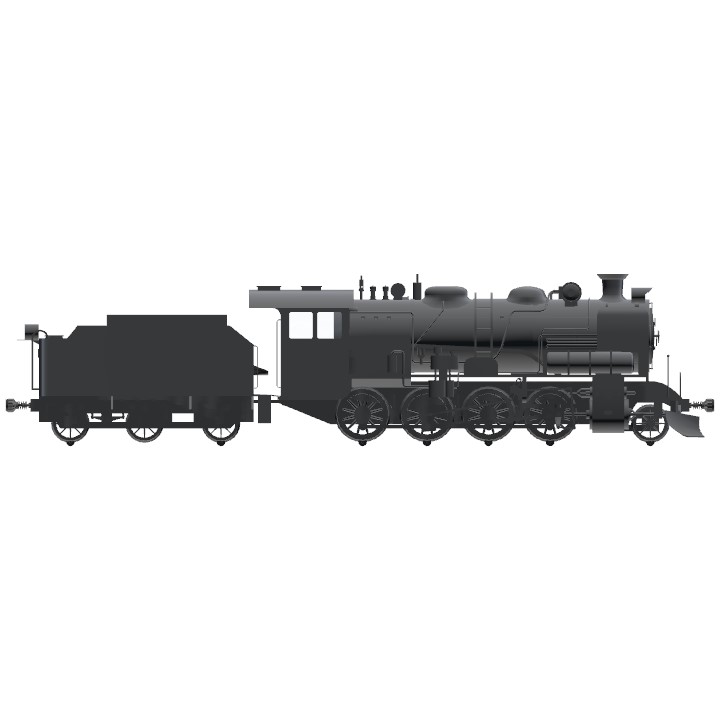
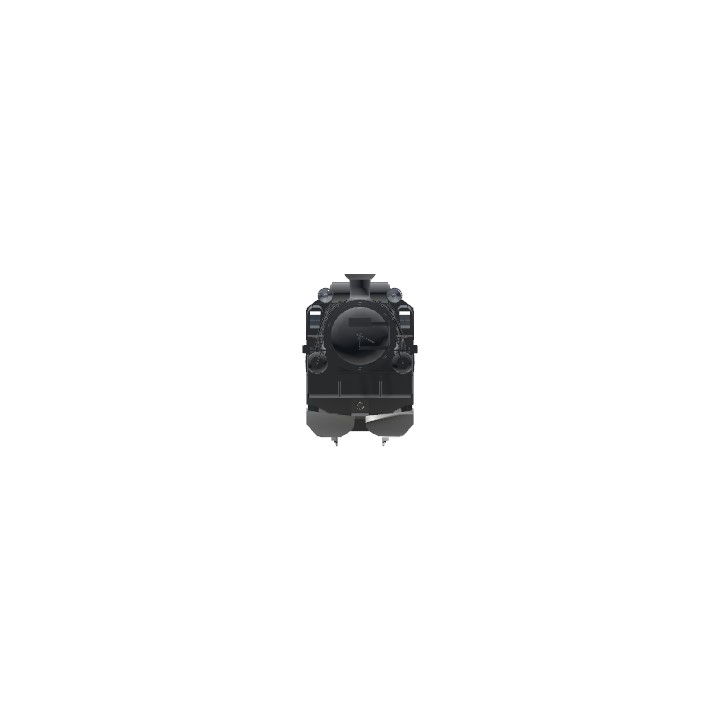
@MrSilverWolf a sarcastic joke.
But if you want me to stop, I will.
@MrSilverWolf politics please, Now you have to chat ban me.
Simple trains
Excellent 10/10
@Graingy no politics please
"Maybe nobody will notice" that this is a plane game